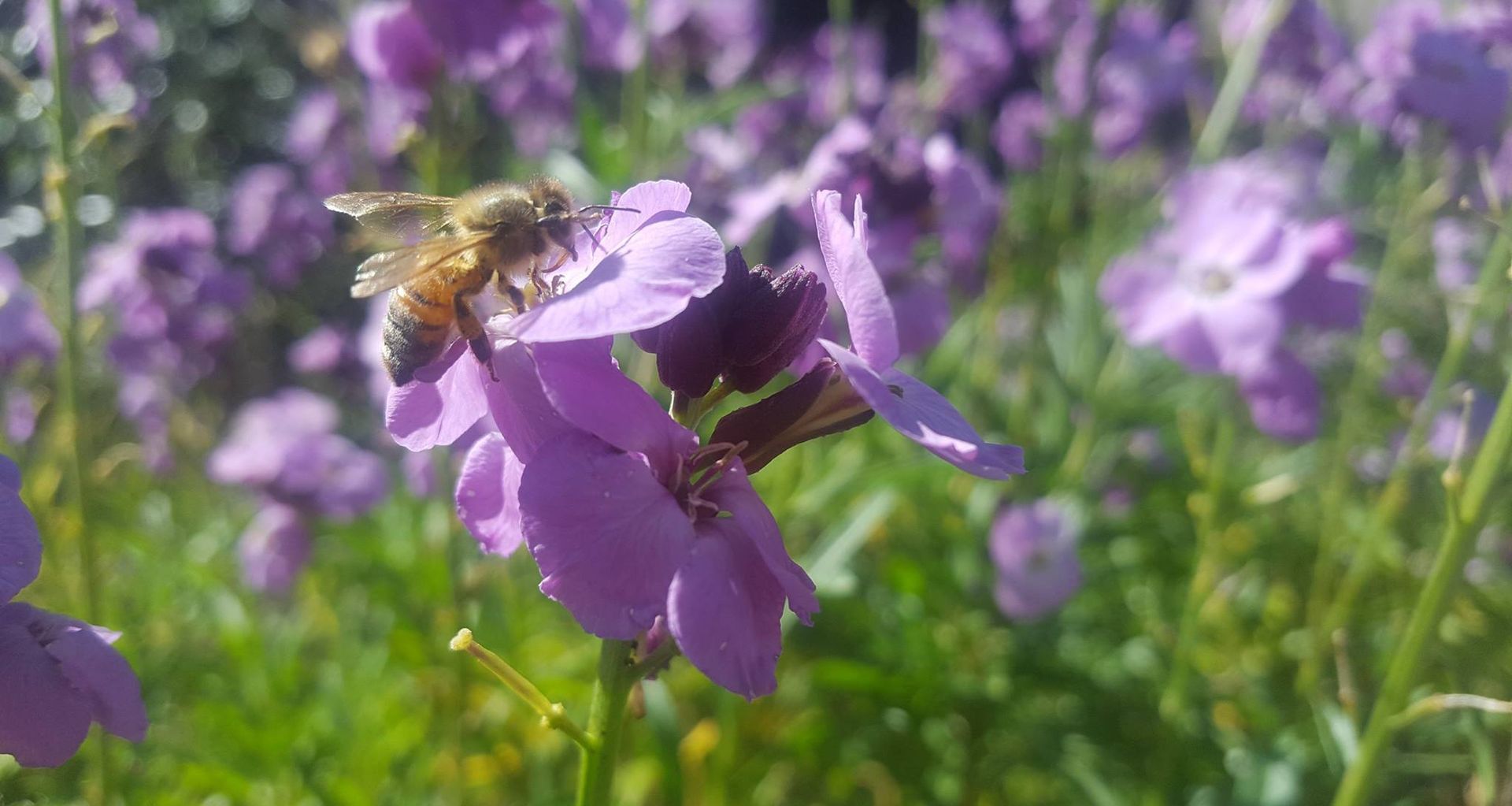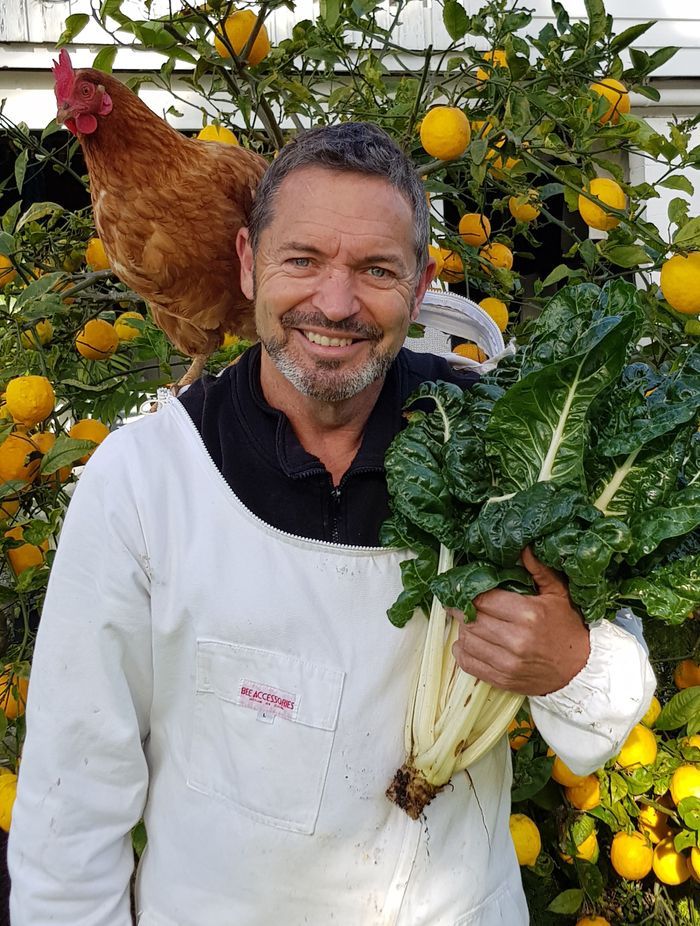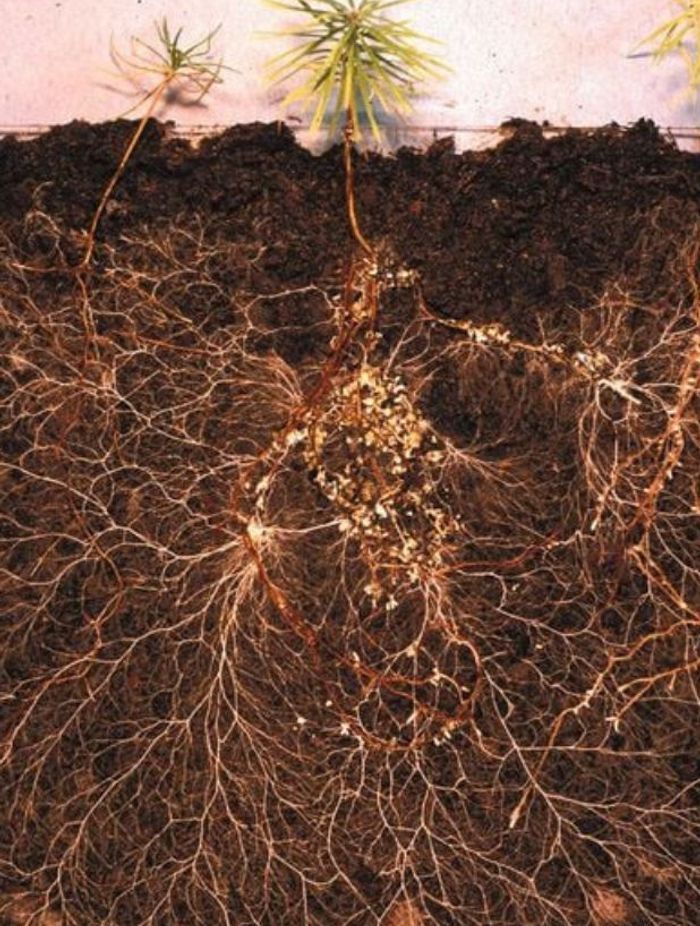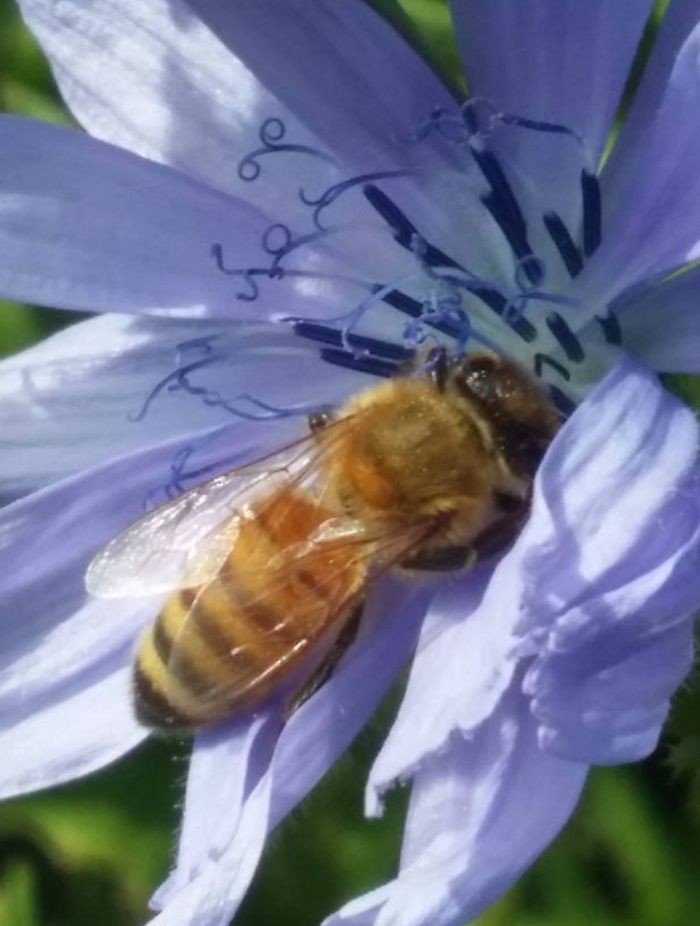Embracing Biodiversity in Urban Landscapes
Written by
30 July 2024
•
5 min read

Biodiversity stands as a cornerstone of a healthy ecosystem, and people are becoming increasingly aware of it when overhauling their gardens, especially in urban environments and bringing natural beauty into the cityscape.
Established in 1996, Second Nature is led by a team of Registered Master Landscapers who prioritise turning dreams into reality through landscape design. Receiving accolades, including the 2023 Registered Master Landscapers Landscapes of Distinction Supreme Award and several Gold Awards over the years, Second Nature boasts true knowledge and expertise in the landscaping industry. With their expert services spanning from garden design to planting and landscape construction, they’re no strangers to the wonders of biodiversity and how promoting a healthy ecosystem is crucial for supporting local flora and fauna.
In our conversation with Founder & Director Chris Ballantyne, we find out what biodiversity really is, how Second Nature approaches conservation within urban environments, and how they prioritise sustainable irrigation practices and native plant integration along the way.


Exploring Biodiversity
Healthy soil is at the heart of biodiversity. A thriving ecosystem supports a wide range of insects and invertebrates, supporting our native flora and fauna.
“An abundant biodiversity is an indicator of an environment’s health. Biodiversity is expressed at micro and macro levels, from billions of minute fungi to a monumental Kauri forest,” explains Chris.
“Whilst our understanding of the importance of biodiversity (the interconnectedness of everything) is developing apace, some techniques to achieve this have been practised for millennia – especially regarding soil management. It is a case of continuing to build our scientific knowledge and deploying long-proven techniques.”
Techniques such as mulching, composting and minimising soil disturbance help to maintain soil health and fertility, which is crucial for sustaining biodiversity.
“Developing healthy soil is foundational to supporting healthy and biodiverse flora and fauna. A healthy soil is, by definition, bio-diverse, containing a thriving interdependent community of bacteria, fungi, invertebrates and insects. In turn, this soil community and the plants it supports attract bird life, which brings more life and fertility into the system. The key is thoughtful, site-appropriate and informed soil husbandry techniques and plant selection, thus enabling the soil and the planted elements to thrive.”
“Carefully selected and diverse plant combinations serve to support each other. Each plant species has its unique mycorrhizal population, interacting with its neighbours through a complex and connected microbial network. The plant community has a symbiotic relationship with the soil microbes, each essential to the other's well-being.”
“We need to continue to grow our understanding of the complex inter-reactions between soil and plant communities and use this knowledge to create environments that effectively encourage and support biodiversity.”


Native Plant Integration
New Zealand’s richness in native plants is another opportunity for integration within your landscape, helping to support urban biodiversity. Native plants are adapted to local conditions and provide food and shelter for native insects, birds and other wildlife.
“Our native species are unique and, in many cases, threatened (this makes them more of a taonga). We greatly appreciate the value of our native flora and fauna; it is an integral part of our national identity. Where care is taken, we can see our native species recolonising our urban spaces. This process can be encouraged by making space for our native species – by controlling animal and plant pests.”
Careful selection of these plant species will ensure your biodiversity thrives and contributes effectively to the urban ecosystem.
“Seeing a Kowhai or Rata in full flower, a Piwakawaka, Tui or Kereru in our gardens brings us moments of joy. Planting of native species serves to support and encourage our native birds – another entirely symbiotic relationship between our indigenous plants and animals,” says Chris.
“Our native plants have evolved in various habitats and come in various forms. Used creatively, native plants can be successfully used in every style of garden – formal, informal, mixed border, the purist native garden. Each of our native plants has a uniquely NZ/AO story; incorporating and celebrating them in our urban gardens builds a stronger human connection with our unique natural heritage.”
Organic Gardening Methods
Of course, promoting healthy soil and biodiversity also comes from the way you install and maintain it. Methods such as mulching and incorporating organic compost and mulch enrich the soil, supporting beneficial soil microorganisms and enhancing plant resilience.
“Our gardens and planted spaces should mimic natural processes. Decay is an inherent component of nature's process. Mulches and composts serve to mimic this process. This organic material feeds the soil microbes, providing nutrients to the plants.”
“Natural systems are hugely complex, and our understanding of these remains limited. We are seeing the emergence and wider acceptance of regenerative and organic farming systems. This knowledge is influencing amenity horticulture practices.”
Transform your garden into a thriving, biodiverse haven. Contact Second Nature today to discover how their expert team can help you create a beautiful, sustainable landscape that supports local ecosystems.
